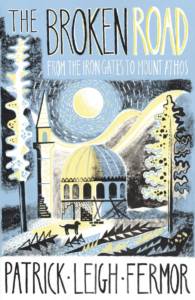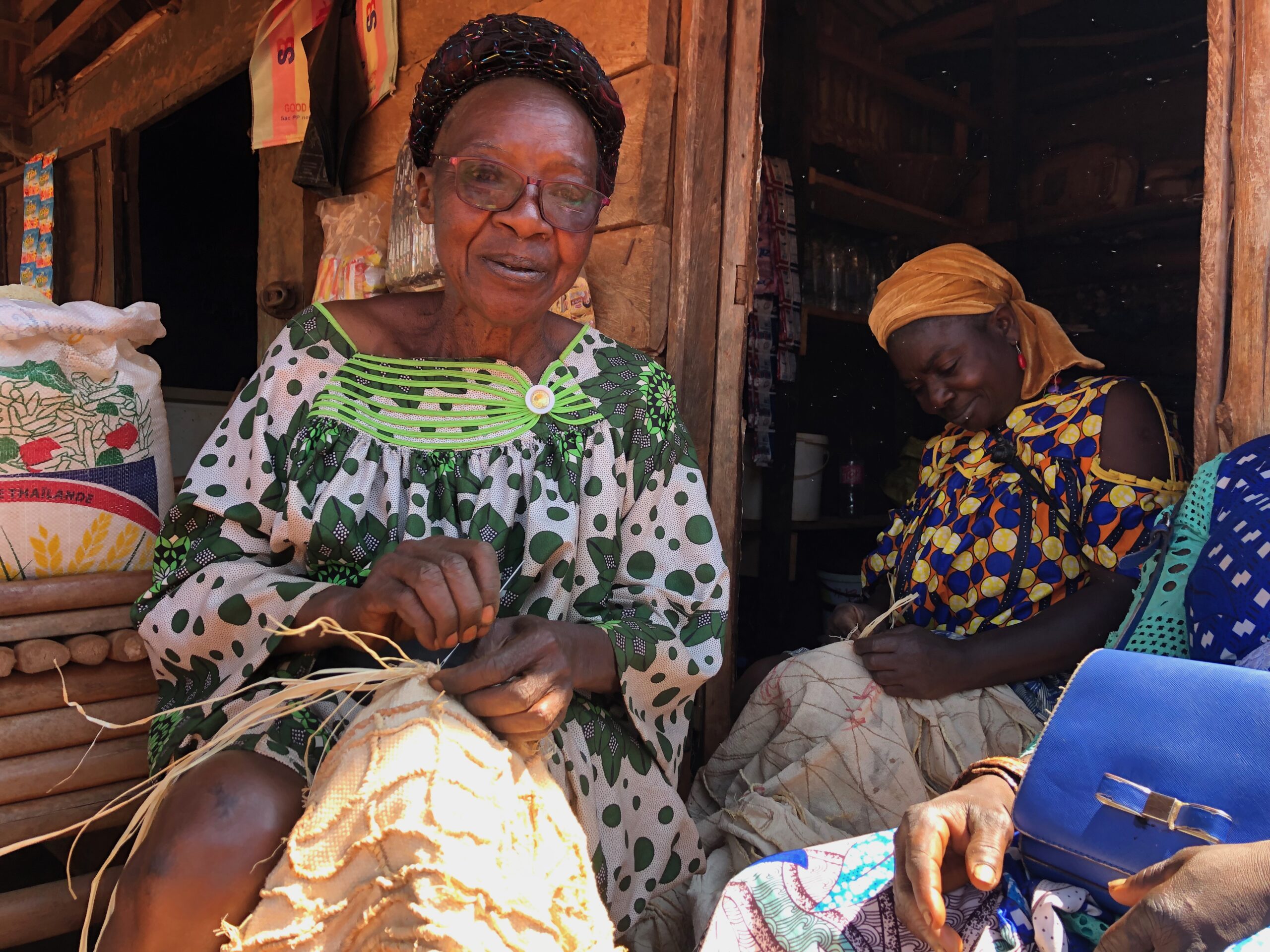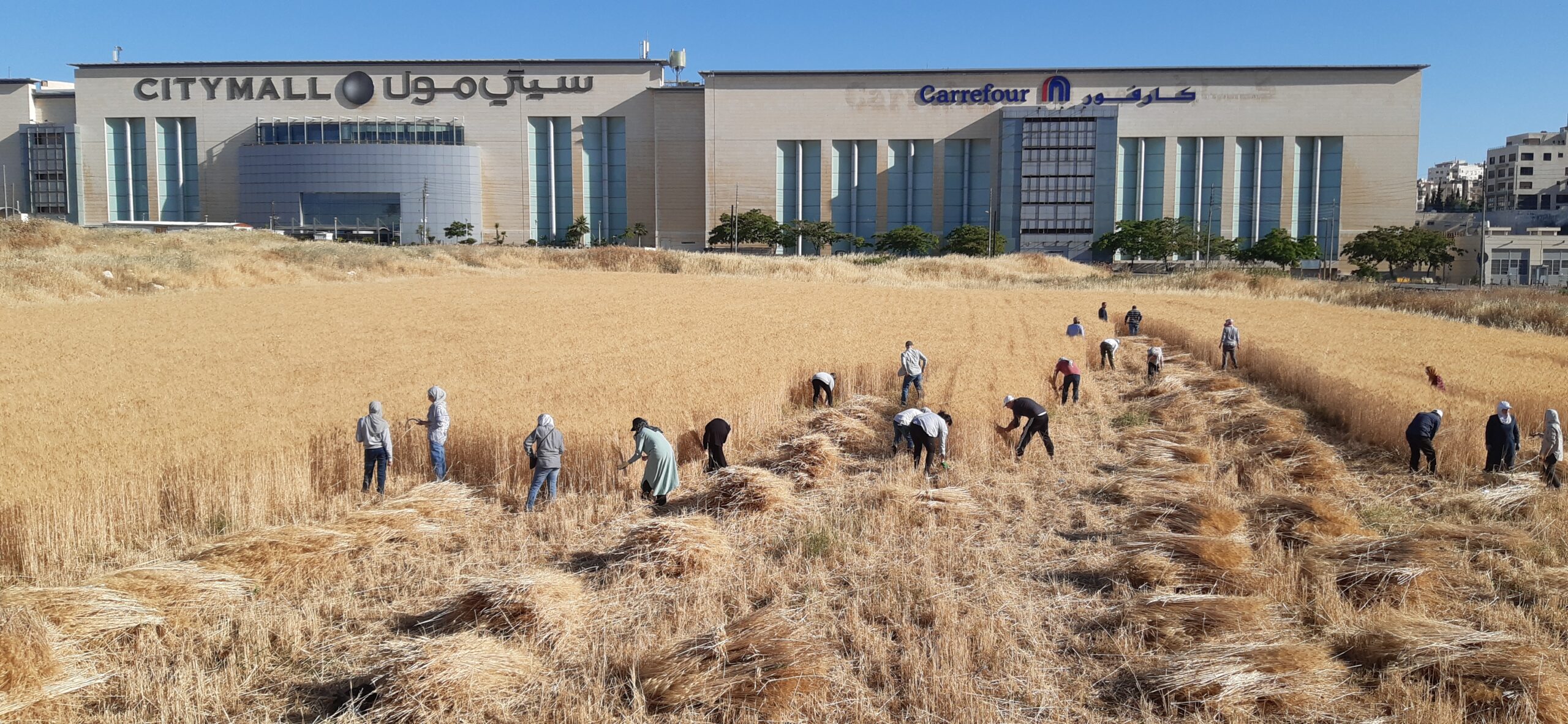
The beloved British travel writer Patrick Leigh Fermor’s long-awaited last book made it into print in March, three years after his death and seventy-nine after the adventure that inspired it. The Broken Road is the third and last volume of Leigh Fermor’s winsome, nostalgic, and poetic memoir of his two-year walk across Europe to Constantinople, as the philhellene Leigh Fermor called Istanbul to the end.The first volume, A Time of Gifts (1977), begins in 1933—he was eighteen—at the Hook of Holland and ends on a Danube bridge linking Hungary and Slovakia. Between the Woods and the River (1986), picks up there and ends at the narrow defile called The Iron Gates (since drowned by a man-made lake) where the Danube enters Bulgaria. This last volume meanders through Bulgaria and Romania, crosses the Bosphorus, and ends in January, 1935, with a contemplative sojourn in the monasteries of Mount Athos in Greece, the country Leigh Fermor ultimately called home.
Like its companion volumes, The Broken Road marries picaresque adventure, chronicle, and reflection. It has no subsidiary plot line or motivation other than a young man’s search for himself; no roots tour, PhD thesis, newspaper assignment, or artifact-collecting project. Brilliant, of good family, eccentrically raised, Leigh Fermor arrived at majority with no professional or academic prospects. He felt he was “floating towards disintegration in a tangle of submerged and ill-marked reefs.” The Great Trudge, as he called it, made him a man and a writer. He discovered his knack for drawing people out and for stringing history, language, and observation into narrative, and his timing was perfect. A few years later, Europe exploded, and this venture would have been impossible.
A special charm of The Broken Road and its predecessors is the polyphonous voice. The delightfully smart, “unboreable,” young man having the adventure of his life has the top line, supported by the bass of erudition, insight, and cultural experience of the mature writer. Except where the latter explicitly intrudes, the reader, against all logic, often feels as if Balkan tribal names, dialect words, poems, dates, historical asides, and scholarly vocabulary are pouring directly out of the crush-inducing young narrator—see dust jacket photo.
Having read and loved the first two installments and other Leigh Fermor books, I, like many (including his publishers), feared The Broken Road would never make it into print. Obstacles to completion included the loss, theft, and destruction of diaries and letters; Leigh Fermor’s perfectionism; the writing of other books and articles; and the distractions of a full social life (his many famous friends included the youngest Mitford sister, Deborah, the Duchess of Devonshire, with whom he carried on a long correspondence). Artemis Cooper’s biography, Patrick Leigh Fermor, An Adventure (2012), quotes a letter his wife, Joan, wrote to a friend in 1991: “Paddy is very well, tremendously busy with everything except his book.” He died in 2011 at 96, leaving behind an uncompleted manuscript that was edited posthumously by Cooper and Colin Thubron, his literary executors. The earlier volumes had fallen out of print, until New York Review Books revived them in 2005 to great enthusiasm. Rediscovery made Leigh Fermor something of an idol to a new generation of readers and travelers and revived anticipation for this work, as did Cooper’s biography and In Tearing Haste: Letters Between Deborah Devonshireand Patrick Leigh Fermor (2008).
This book is a gift. Reading it, I could well imagine how hard it must have been for the aging Leigh Fermor to complete a work about himself as a Candide-like innocent enraptured by the ways East and West blend and clash in the Balkans from a post-War, post-Communism, and post-Yugoslavian break-up perspective. Cooper writes that Fermor had hoped to galvanize his third volume by returning to Bulgaria in 1985. Instead, he was devastated by the Communist regime’s systematic destruction of all traces of the picturesque Turkish architecture he remembered, though he largely shelters us from his later disillusionments. From time to time, he stops his evocations of onion-dome churches, minarets, grape arbors, embroidered blouses, and gypsy melodies to recall the region’s brutal history. Of Macedonia, he writes:
One has only to hear the virulence with which the word Grtzki is snarled by a Bulgar, or the word Voulgaros by a Greek, to grasp their intensity. On the walls of many of the cafés in this region hung coloured prints of Todor Alexandroff, a Bulgarian Macedonian who had attempted by propaganda and guerrilla warfare to hack out a semi-independent state of Macedonia with the capital at Petrich (now in Yugoslavia) and himself at its head… Like many prominent Bulgarians… Alexandroff was assassinated in 1924…Leaning over the Strouma bridge and gazing along the river, I had no inkling how strongly, later on, I was to feel on the Greek side in these questions.
The Broken Road has a rueful tone absent from the earlier volumes; also the mature author is more present. Passing through Germany in 1933, ten months after Hitler came to power, Leigh Fermor found the Nazis chilling, especially in Munich, but devoted modest space to them in A Time of Gifts. In this last volume, the author cuts short an elegy to Bucharest’s elegant, hospitable society—which swept him into its constant round of “entertaining and parties and tremendous luncheons and dinners”—for fear his old friends might be recognized in print. Evidently he wrote this before 1989, while Ceausescu was still in power, and any association with foreigners, however far in the past, could be grounds for persecution. But he goes no farther, saying “[t]o enlarge on this pregnant theme would completely change the purpose of this narrative. Anyway, none of it had happened yet: all are still alive and free and holding glasses in their hands.”
This aversion to politics differentiates Leigh Fermor from other famous traveler/writers in the Balkans, Rebecca West, author of Black Lamb, Grey Falcon (1940),Robert D. Kaplan, Balkan Ghosts (1993), and Leon Sciaky, Farewell to Salonica (1946). All wrote to understand and help others understand why this cluster of unimportant countries had been the crucible of two world wars. West went to Yugoslavia to understand its passions and predicament after the Croatian Ustashe murdered the head of Serbia’s royal house, King Alexander Karageorgevitch in Marseille in 1934. Kaplan’s compact book traced for perplexed Westerners the irredentist hatreds dating from the schism between the Catholic and Eastern Orthodox churches in 1054 and the Turks’ arrival in the Balkans in 1345 and connected them to region’s post-Communist convulsion. Sciaky, a Sephardic Jew, chronicled the last days of his community, refugees from the Spanish Inquisition who prospered for six hundred years, only to be annihilated by the Nazis with the active complicity of local Greek authorities.
The Balkans were falling apart in the 1930s in ways that weren’t always obvious to the naïve and bedazzled young Leigh Fermor. Contemporaneous observers cited by Kaplan describe the 1930s Romanian social scene as end-days depraved rather than gemütlichkeit, as Leigh Fermor evidently saw it. Romania’s sex- and money-obsessed King Carol II Hohenzollern was so venal he stiffed his whores. In 1940, the king and his mistress fled the country with nine rail cars of gold and art. Leigh Fermor expresses shock in The Broken Road at the primitive anti-Semitism of Romania, but he explains it as resentment at the “indigestible explosion” of Jewish refugees from the Russian pale over 130 years. Essentially, Leigh Fermor was faithful to the romance of his own experience. He was nothing if not loyal—and discreet. He acknowledged that two subsequent year-long sojourns in Romania left him with a special fondness for the country, gallantly omitting any reference to his lover, Princess Balasha Cantacuzene, married, separated, and sixteen years his senior. (For more on this and other romances, read Cooper’s biography.)
Of course, handsome, delightful Leigh Fermor had lovers during this trip. But he gave them—most people he met—pseudonyms and provides no erotic details, which gives the book an odd self-censored quality, like the fade to cigarette-in-ashtray image in old movies or in André Gide novels, where the most intensely sensual scenes end without dénouement. You can’t fault him for gallantry, but surely he did more than draw the delicious Nadejda, whom he posed in native costumes Pierre Loti-style and arranged:
… in an odalisque pose, a chibouk held aslant in one hand, and the other arm flung negligently along the back of the divan. The sun poured in from the many bright panes behind and beyond them receded the treetops, the storky roofs, the domes and the mountains: a ravishing hybrid vision, half captured Circassian princess, half Byronic heroine: Mademoiselle Aïssé, Haidée, or the Maid of Athens.
Did he ever see her again? Was he in love? He speaks loftily of certain partings as “shattering deracinations,” but we don’t know. Paddy, old boy, you were hiding yourself as much as her.
As a traveler, Leigh Fermor followed one rule: No lifts except in vile weather. Other than that, he accepted hospitality wherever offered—chateaux, huts, haystacks, caves. This led him into delightful, abominable, absurd, or hilarious situations, from which he emerged cosseted, flea-bitten, bloody, or muddy, always with a world-class story and new friends.
My trouble was that practically everything, not only the most disparate, contradictory, and mutually exclusive things and people, but many others that everyone else found repellent, painful, unrewarding, and above all tedious, filled me with wild fascination. I think it was the confusion brought about by all these indiscriminate and concurrent and totally undisciplined enthusiasms that landed me in the soup so many times.
His ridiculous “hybrid pseudo-Balkan” hiking outfit–scarlet-and-yellow Transylvanian belt, Hungarian walking stick, Bulgarian kalpak (Muslim-style brimless hat), and steel-hilted dagger—made the mature writer blush, but it captured his enthusiastic embrace of strange cultures and knowledge, a lifelong characteristic. A week in Bulgaria and Leigh Fermor has enough words for a conversation. In no time, he’s using his scanty Bulgarian to bridge other linguistic barriers.
Some of the most fantastic adventures were indeed fantastic. According to Cooper, one of his best stories never happened, or not as he described it. His account in The Broken Road of stumbling along the rocky Black Sea coast on a pitch-dark night, falling into icy water, and ending up lost, injured, and desperate in a cave of shepherds and fisherman who drew him into a primitive, male dancing/singing/bonding ritual, was a conflation of two less spectacular events.
The beauty of Leigh Fermor’s prose also distinguishes his work from more political Balkan chroniclers. West harangues. Kaplan reports. Sciaky reminisces. Leigh Fermor composes. His description of the Danube reminded me of Smetana’s “Moldau Suite,” in the way the crescendos and decrescendos evoke the water’s course.
We set off under a flicker of darting swifts. Soon the mountains soared on either side in precipices and rushed toward each other to form the winding canyon of the Iron Gates. The river suddenly swelled and boiled in protest. Our siren echoed booming down the causeway. In a few miles the mountain subsided and the Danube fanned out to its normal width. On the Rumanian bank, after the large town of Turnu Severin – the Tower of Severus, where the emperor overcame the Quadi and the Marcomanni – the flat plain of Oltenia, often edged with reeds, and mournful and malarial-looking swamps, slid featurelessly away.
Here he wraps architecture, afternoon light, and ritual into a more literally musical evocation:
In the centre of this courtyard, the great metal dome of a church poised on a slit-windowed cylinder, floated above a bubbling swarm of shallow satellite cupolas, all of them gleaming and softly shadowed under the westerly sun. Sunbeams glittered in the sunbeams of the topmost cross and lay the shadow of a yew tree across the wall-girt flagstones. As I descended from my hawkish height, the gold patches of light inside the walls shrank and faded and shadows accumulated in the well of walls. Suddenly a metallic tattoo struck up as though a musical smith were hammering out a rhythmic pattern on his anvil. The tempo gradually waxed to a brisker and still brisker pace and by the time I reached the dark archway of the barbican the walls were still reverberating. The noise stopped abruptly and left the darkness humming.
Strangely, Leigh Fermor wrote almost nothing about his destination. His diary fell off in mid-sentence in the Bulgarian Black Sea port of Burgas in December, 1934. He made a few cursory, if cheerful, notes on Istanbul in a new journal, the Green Diary, in early January, 1935. It’s hard not to wonder if some combination of exhaustion and his burgeoning Greek affinities didn’t hinder his enjoyment of the magnificent city where East and West collided, and West lost—for a long time, anyway. In Greece, a few weeks later, he wrote detailed accounts of every monastery he visited on Mount Athos, a peninsula protruding into the Aegean.
Outsiders who write about the Balkans, it seems, are often attracted for aesthetic, personal, or political reasons to one ethnicity or the other and take that side, though virtually all can claim victimhood and bear guilt for stomach-curdling brutality. After seventy-nine years of mulling his experience there, Leigh Fermor comes across in The Broken Road as a man of a time when prejudices were less examined and easier to express. His reflexive anti-Turkish feelings are occasionally jarring. On Turkish architecture in Bulgaria, he muses, “How odd, I thought, that the relics of the Turks in Europe, to which they brought nothing but calamity, should be distinguished by so much charm and grace. [T]hese globes and these elegantly ascending pinnacles … ennoble the skyline of the meanest hamlet.” Nothing but calamity?
Since Leigh Fermor passed through, several wars and dictatorships and even so-called democracies have wiped out cultures and landscapes in the Balkans. Leigh Fermor’s book is both memoir and memorial.
Julia Lichtblau’s work has appeared in The American Scholar, Blackbird, The Drum, Superstition Review, Narrative, and The Florida Review, among other publications. She is the Book Reviews Editor for The Common.



